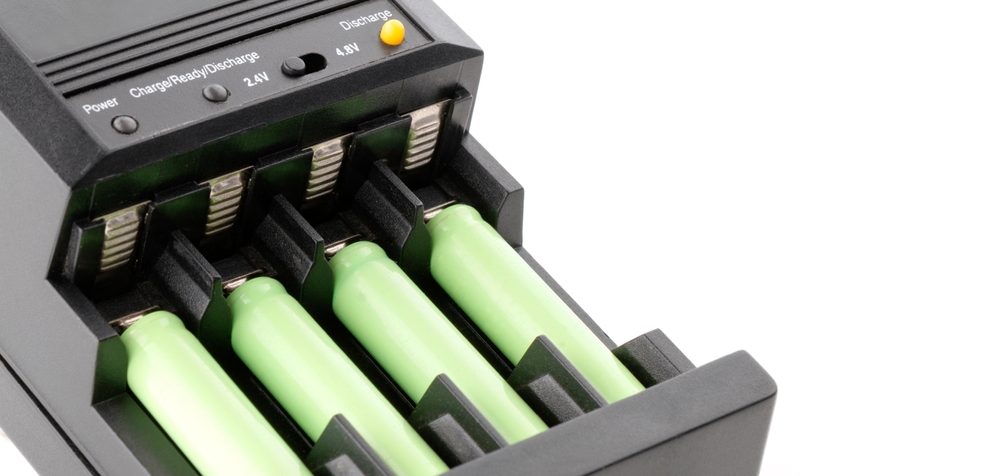
A team of researchers at Tohoku University in Japan have developed a new cathode material for rechargeable magnesium batteries (RMBs), enabling efficient charging and discharging at low temperatures. This new material uses an enhanced rock-salt structure and a high-entropy strategy, enabling it to overcome previous challenges in magnesium diffusion and transport. This could lead to RMBs that are more cost-effective, safer, and higher in capacity.
“By harnessing the intrinsic benefits of magnesium and overcoming previous material limitations, this research paves the way for the next generation of batteries, promising significant impacts on technology, the environment, and society,” said Tetsu Ichitsubo, a professor at Tohoku University’s Institute for Materials Research (IMR).
The team used a strategic mixture of seven different metallic elements to create a crystal structure abundant in stable cation vacancies, facilitating easier Mg insertion and extraction. The high-entropy strategy employed by the researchers allowed the cation defects to activate the rocksalt oxide cathode.
The use of this new material also overcomes a key limitation of RMBs – the difficulty of Mg transport within solid materials. Currently, high temperatures are necessary to enhance Mg mobility in conventional cathode materials. However, this material operates efficiently at just 90°C, demonstrating a significant reduction in the required operating temperature.
“Lithium is scarce and unevenly distributed, whereas magnesium is abundantly available, offering a more sustainable and cost-effective alternative for lithium-ion batteries. Magnesium batteries, featuring the newly developed cathode material, are poised to play a pivotal role in various applications, including grid storage, electric vehicles, and portable electronic devices, contributing to the global shift towards renewable energy and reduced carbon footprints,” said Tomoya Kawaguchi, also a professor at Tohoku’s IMR.
